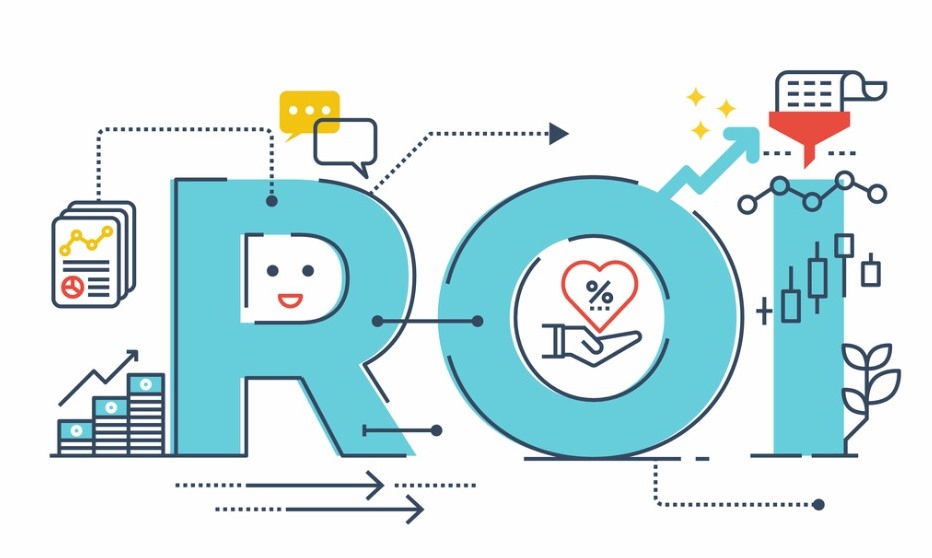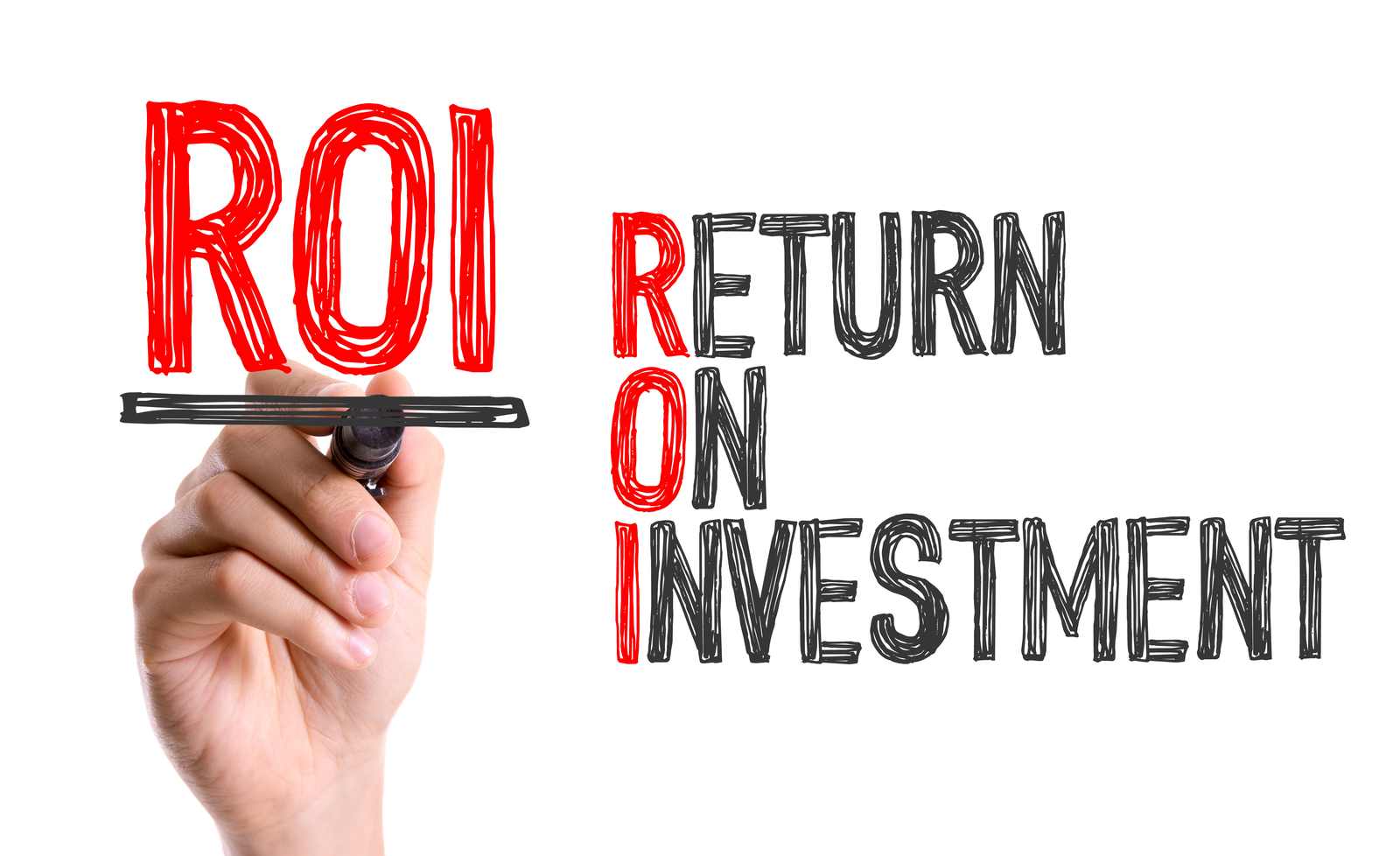Return of investment or ROI is nothing but a measure that is used to evaluate an investment’s efficiency or compare different investment efficiencies. It is a direct measure and is focused on the amount of return on one certain investment. However relative to its investment’s cost. If you divide the return on an investment by the total cost of an investment then you’ll incur the return on investment.
However, the results are always expressed as a ratio or percentage. This relative measure is quite famous and the credit goes to its simplicity, accuracy, and versatility. ROI directly can be used as an efficient and effective tool to judge an investment’s profitability. It is also used to make an influential financial decision or analyze and compare investments and the company’s profitability respectively.

Calculating Return on Investment
As we talked about net profit earlier we know that we have to divide net profit by the cost of an investment wherein net profit is calculated by subtracting the cost of an investment from the current value of an investment. Let’s take an example to understand this concept in detail:
Mr. Mikhail is an investor who decided to purchase shares worth $ 1000 but decided a year later to sell them when the value of shares reaches $ 1500. In scenarios such as these, we have the net profit of an investment i.e current value of the investment minus the cost of the investment which comes out to be $500 and now we are all set to calculate the return on investment. We will divide profit from the sale by investment in shares and multiply it into 100, hence we will get a 50% ROI.
Furthermore, let’s take another example for better understanding:
ABC company decided to spend around $5000 on advertising campaigns and later on was surprised to discover that there is an increase in revenue by $10,000. Therefore, in this case, we will have a 100% ROI, how? Simply divide the increased revenue by the advertising cost and multiply by 100.

Benefits of using ROI
There are a lot of benefits for using ROI, some of them are listed below:
- Precise
- Flexibility
- Versatility
- Efficient and Simple
However, there are a few cons as well:
- There is always room for error as there are a lot of common mistakes that people tend to make frequently.
- It never considers the entire scenario but proves to be a good indicator of any incoming profit.
- ROI can be easily manipulated by managers of the company.
Let’s talk about the exact meaning of a good ROI. A good ROI is not always stuck on the credibility of a positive ROI. As the investments used for comparison can possess some of the similar characteristics of risks. However, if we look from a general point of view we can say that the higher the percentage of ROI be, the greater would be the return on the investment. Which indicates an increase in efficiency and profitability. Choose your investment wisely and calculate ROI precisely.

